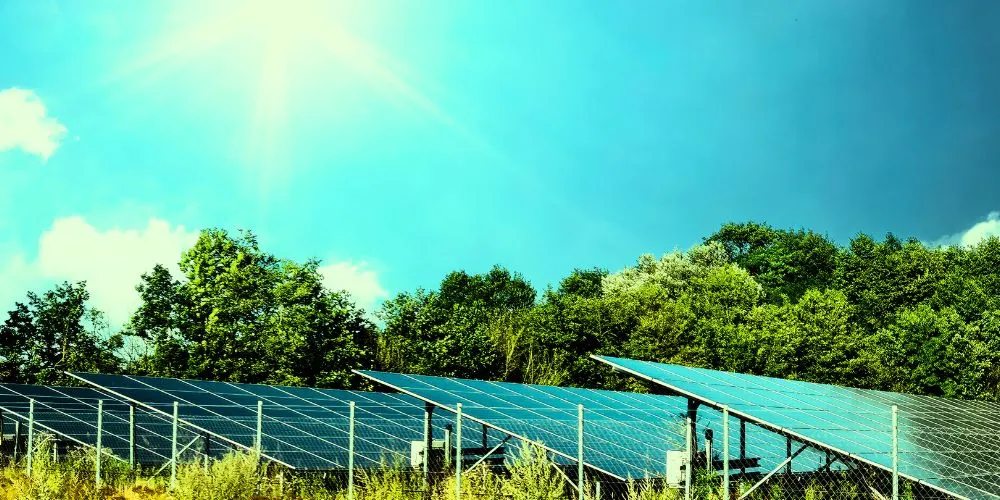Key Points
- Solar parks can support biodiversity by providing plants, insects, and birds habitats. Vegetation succession naturally occurs in solar parks.
- Alternative management strategies like improved construction methods and grazing could be more sustainable.
- Integrating ecological knowledge into solar park management can help balance energy production with biodiversity.
- Experts in vegetation dynamics should be consulted in future landscape transformation projects.
Large-scale ground-mounted solar parks are relatively new, but experts have explored ways to make them more environmentally friendly. Some parks are now designed to support biodiversity, providing plants, insects, and birds habitats. Dr. Markus Zaplata, a research technician at Anhalt University of Applied Sciences in Germany, has studied how solar parks interact with nature and found evidence that they can support a wide range of biodiversity.
Dr. Zaplata’s research, published in One Ecosystem, highlights an overlooked fact—vegetation succession also occurs in solar parks. This natural process involves the gradual shift from fast-spreading, low-competitive species like herbs and grasses to more dominant, highly competitive woody plants. Interestingly, certain technical structures in solar parks can support the growth of self-seeded woody plants.
However, Dr. Zaplata warns that simply mowing the vegetation is insufficient to control the spread of woody plants. “The fact is that subsurface woody structures continue to grow after mowing, and may at some point massively interfere with the solar installations,” he explains. Overgrown vegetation could pose significant maintenance challenges for solar parks if not managed properly.
With 18 years of experience studying vegetation succession, Dr. Zaplata has been part of a research project on biodiversity in solar parks since 2021. He experiences these issues while mowing solar park landscapes, reinforcing his argument that new approaches are needed. Mowing is labor-intensive and expensive, making alternative management strategies necessary. He suggests using different construction methods and livestock grazing as more sustainable options.
Dr. Zaplata emphasizes that incorporating knowledge from ecological succession research can make solar energy landscapes more sustainable. He believes new energy developments should foster collaboration between various professions, such as solar park managers and livestock farmers. His research also stresses the importance of consulting ecological experts in landscape transformations.










